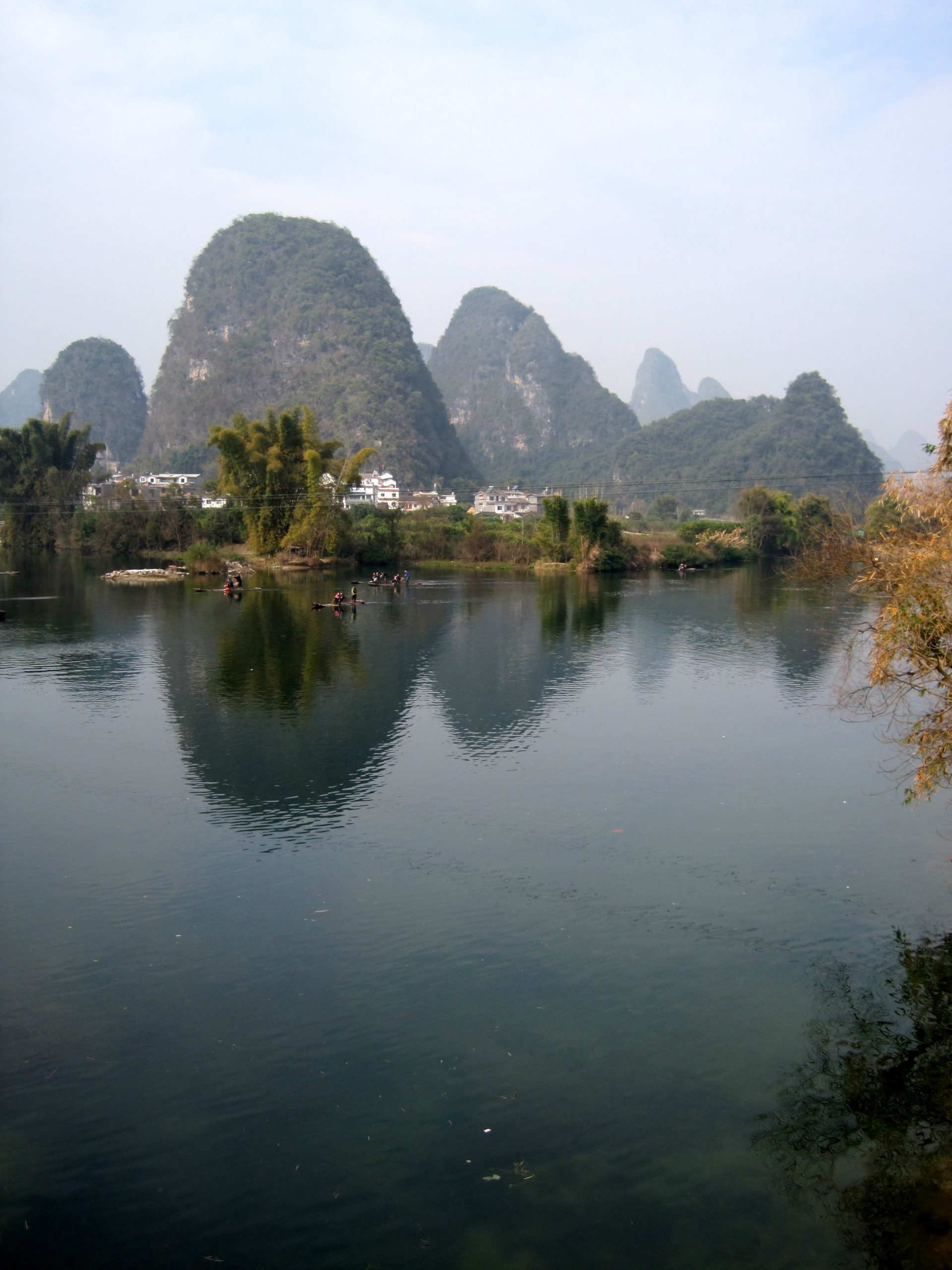Lindsi Milligan of Sandy, Utah, says her hair grows fast. Though she has a pixie cut now, she claims that in a year and a half or so, it could be halfway down her back. But when Milligan traveled to China to teach English with the International Language Programs for six months, she found a village with incredible women who have been growing their sleek black hair since birth—and for 10 yuan they’ll undo their intricate buns to show just how long their locks have become.
These Yao women are a minority in Ping’an, a tiny sector in one of the largest countries on the globe—China. As part of their unique culture, these women are extraordinarily protective of their hair. After cutting it once at age 18 or 20, they reweave the cut section into the rest of their growing tresses—then they just let their hair grow naturally for the rest of their lives.
Though coming halfway around the world just to see their hair-twisting ritual would be worth the trip, there is another reason to travel to Ping’an: it is also home to China’s iconic terraced rice fields. “If you’re really wanting to experience the Chinese culture, this town is the place to go,” Milligan says. “It is situated on top of rice fields, and there are no automobiles to speak of. You get where you need to go by foot.”
The bus doesn’t take travelers directly to Ping’an. Instead, it drops them off at the bottom of a hill. From there it’s just two legs and a roller bag (if you’re lucky enough to think ahead) because the roads are too steep and narrow for rickshaws. As you make your way up the mountain, vendors sell traditional homemade crafts like vibrant hand-woven blankets and table runners, which are indicative of their unique culture. Many of the vendors’ goods are made by Yao women, who weave ornate material used for these crafts in addition to convincing people to purchase a view of their floor-length hair.
After making the 45-minute hike to the top, travelers can see an endless view from the mountain—overlooking dozens of steep peaks that are chiseled into rice terraces. Each terrace has its own mini rice field, and the residents of Ping’an and the surrounding villages are in charge of maintaining them and harvesting the rice in the appropriate seasons.
The epicenter of the Ping’an village has closely stacked wooden homes, each adorned with traditional red lanterns and surrounded by tiny steep alleys that connect one home to the next. For travelers who want to stay for a while, the Liqing Hotel is the perfect place. The affordable rooms are equipped with balconies that overlook the entire Ping’an area. Hotel visitors can see everything from the vendors’ homes to the dozens of surrounding peaks, which showcase layer upon layer of the rice field’s water-soaked strips. In the morning, rather than waking up to alarms or the bustle and noise of traffic, travelers in Ping’an will hear the crows of roosters throughout the town. As Milligan says, “It’s like walking your way into the past.”
But Ping’an isn’t the most authentic village in the area. Because the village has attracted many tourists over the years, it has become a little more developed than the surrounding villages. This is precisely why, after spending a day or two traversing the steeps of Ping’an, travelers should take a trip to Long Ji.
Only an hour’s walk from Ping’an, Long Ji removes all sense of time and place. Here travelers will find that the few residents truly work the fields; they are not there for tourists. There is no electricity, no sounds of generators, and no hurried talk of haggling. Everything just seems to slow down.
Few visitors know about Long Ji, so it’s a great place to find solitude and to see everyday people in their everyday lives—hanging out laundry on the lines, scrubbing themselves clean in outdoor plastic tubs, squatting near their doors while shelling peas or preparing dinner. Pigs, chickens, and wild puppies roam aimlessly along the stone alleyways. The atmosphere generates utter serenity.
From Ping’an and Long Ji, you may decide to travel to the larger tourist city of Guilin, located just two hours away by bus. The Guilin area is home to some of the most beautiful sights in all of China. Within the boundaries of the city lie the famous twin pagodas, the Jingjiang Prince City, and the picturesque Elephant Trunk Hill. Here the booming traffic of
tourists is similar to the tourist traffic in Shanghai, Guangzhou, and many of China’s other communities.
Nearby is the picturesque town of Yangshuo—the home of enchanting mountains that look like three-dimensional parabolas springing from the ground and Moon Rock, a strange rock formation with a large hole in the center. Visitors can rent bicycles to tour the city, take a night to haggle with street vendors in the fair-like town, explore grand caves before taking a dip in their mud baths, and much more. “The highlight of my China trip was Yangshuo,” Milligan says. “The landscape is absolutely beautiful, not to mention all the things you can do in that area. From riding down the river to mud caving, there’s just so much to explore and do. It’s hard not to be adventurous.”
https://www.nationalgeographic.com/travel/destinations/asia/china/
—Courtney Manwaring





This is so cool! China’s never really been on my list, but it is now.